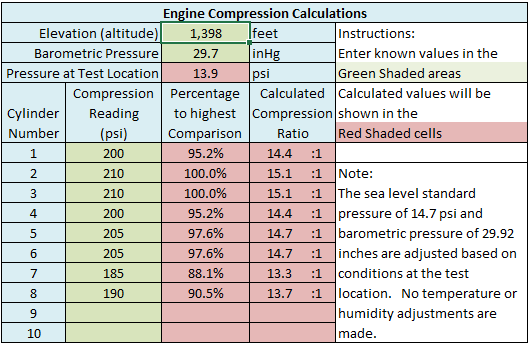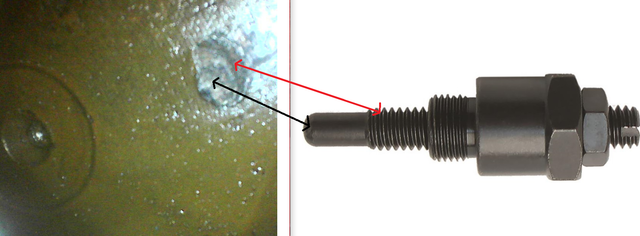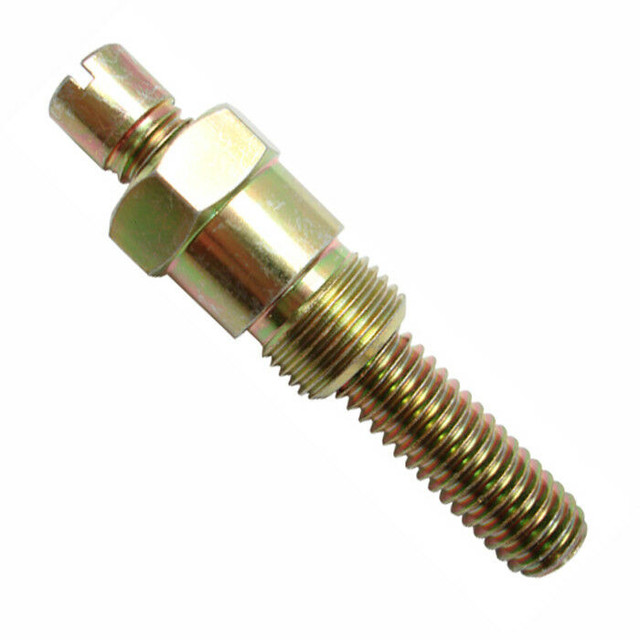Well the intake is back on with the turkey pan installed. That thing was interesting. I can see why some prefer intakes that don't need it. I think I should have dry fit the pan into place long before I had everything beaded with the gasket maker because they sure as hell don't fit well right out of the box. If I ever do this again, I'll fit it and bend it to shape well before I'm ready to install. I torqued it down 10,15,20. Then waited about a half hour and did another pass at 20, and it needed it as everything settled into place. I'll let it cure overnight, then hit it at 20 one more time. Hoping it's a good seal everywhere.
Tomorrow's agenda;
Valve Covers - Bend the baffles to not hit the rockers like they were.
Cylinder inspections with scope.
Compression test
New Plugs. Autolite 25's
Cap, rotor wires back on.
Wiring harness back on and hooked up
Carb hooked up.- I'll run the mixture screws in and back them out 1.5 turns for a starting point.
All vac ports plugged.
Set timing and check vacuum at idle. We'll see what we get.
Tomorrow's agenda;
Valve Covers - Bend the baffles to not hit the rockers like they were.
Cylinder inspections with scope.
Compression test
New Plugs. Autolite 25's
Cap, rotor wires back on.
Wiring harness back on and hooked up
Carb hooked up.- I'll run the mixture screws in and back them out 1.5 turns for a starting point.
All vac ports plugged.
Set timing and check vacuum at idle. We'll see what we get.
















































